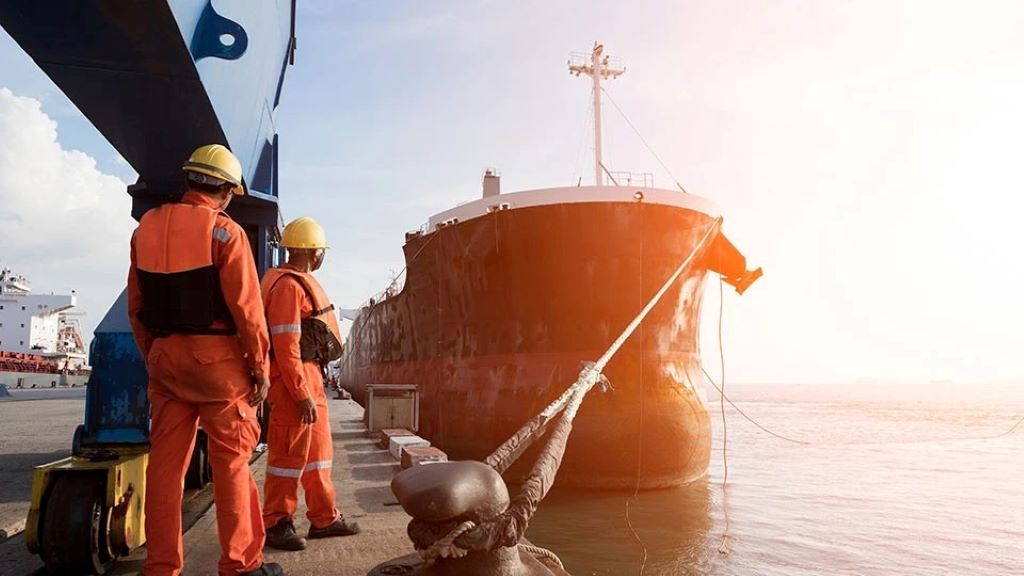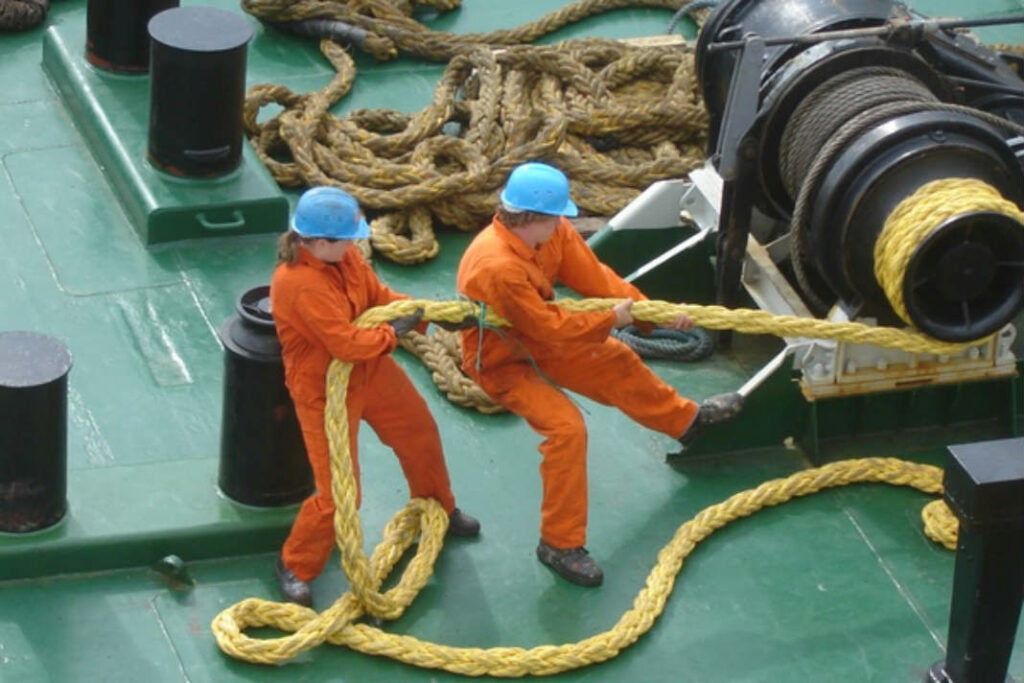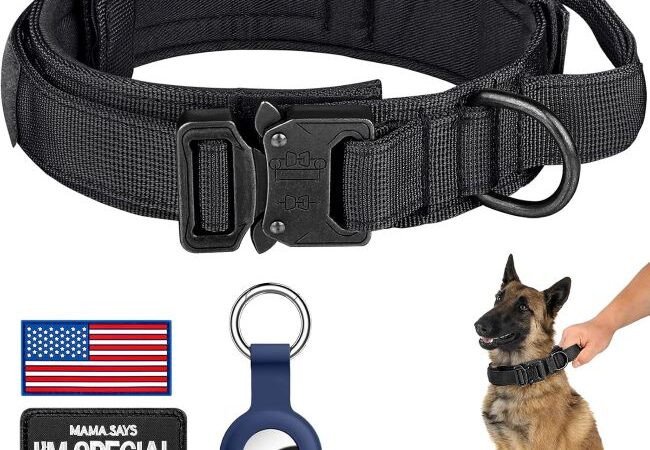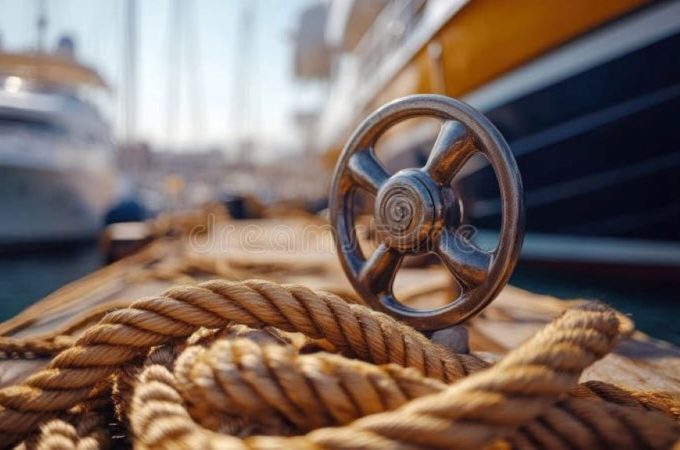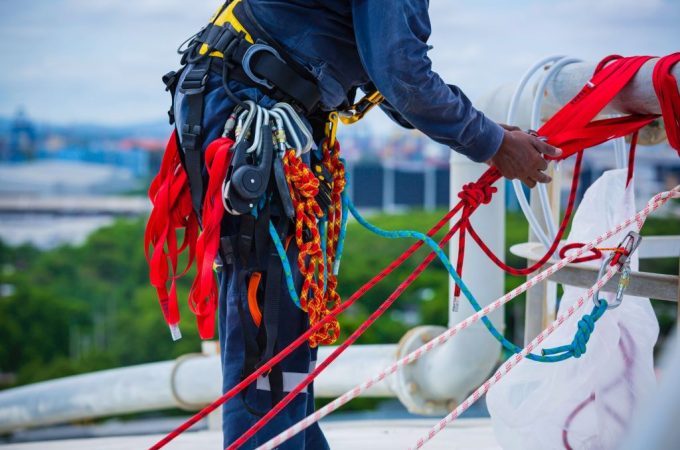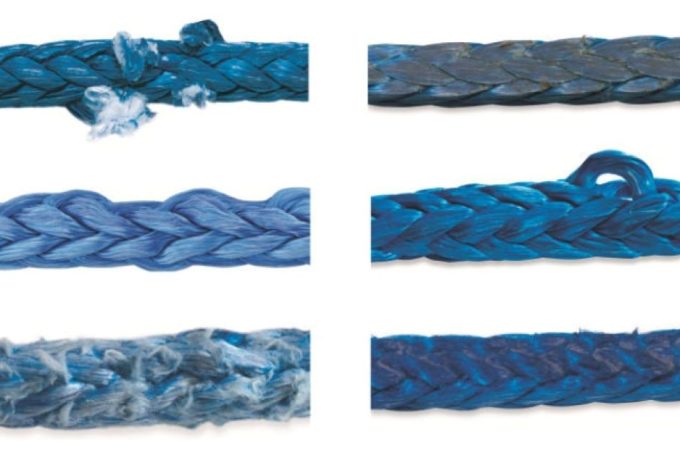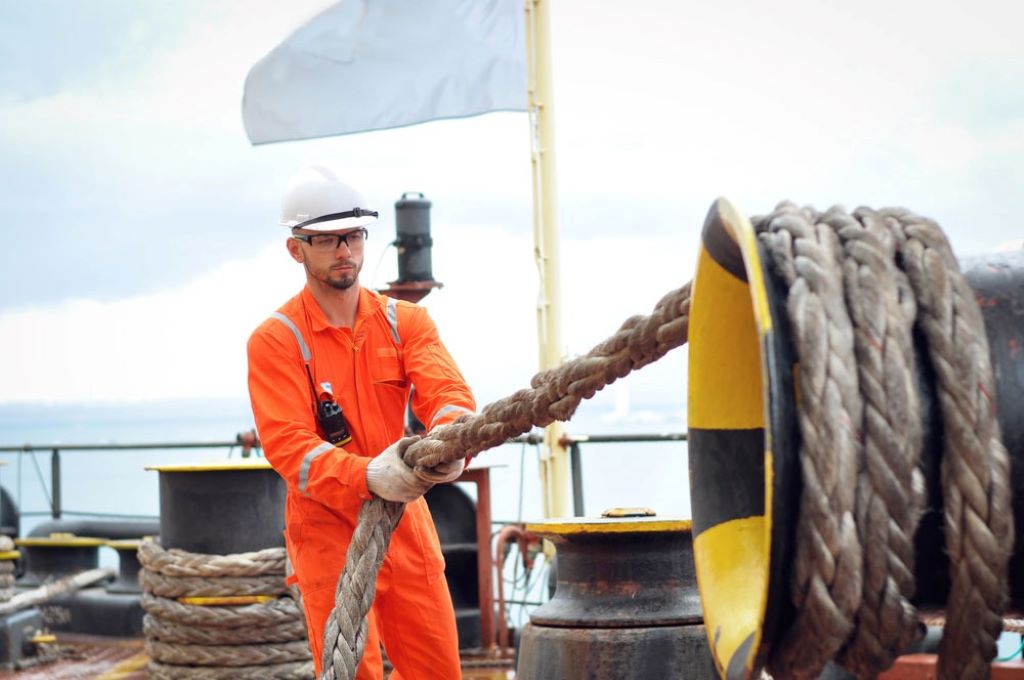
Ship Ropes Under Stress: Signs of Wear You Should Never Ignore
Imagine a massive cargo ship swaying against a dock in a storm, its mooring ropes straining under immense pressure. These vital lines are the unsung heroes of maritime safety, securing vessels against the ocean’s relentless forces. Yet, ship ropes under stress face constant wear, and overlooking subtle signs of deterioration can lead to catastrophic failures. In 2023, the International Maritime Organization reported that rope-related accidents caused 12% of mooring incidents, resulting in injuries and costly damages. This article dives deep into the critical signs of wear in ship ropes, offering expert insights and practical solutions to ensure safety and performance. By understanding these warning signals, mariners can prevent disasters and extend rope lifespan.
Contents at a Glance
ToggleWhy Ship Ropes Matter in Maritime Operations
Ship ropes, often called mooring lines, anchor vessels to docks or other ships, resisting wind, waves, and currents. These ropes endure extreme tension, with forces sometimes exceeding 100 tons on large vessels, according to a 2024 study by the Maritime Safety Committee. Their role is critical, as failure can lead to collisions, environmental spills, or crew injuries. For instance, a single rope snapping can release energy equivalent to a small explosion, endangering lives. Therefore, regular inspection and maintenance are non-negotiable. Ignoring wear compromises not only safety but also operational efficiency, as downtime for repairs can cost shipping companies thousands per hour.
Common Types of Ship Ropes and Their Vulnerabilities
Mariners rely on various rope materials, each with unique strengths and weaknesses. Polyester ropes offer excellent abrasion resistance but degrade under prolonged UV exposure. Nylon ropes provide elasticity, ideal for absorbing shock loads, but absorb water, weakening over time. Polypropylene, while lightweight, is prone to fraying under stress. A 2025 report from VirtueMarine highlights that 68% of rope failures stem from material-specific wear patterns. Understanding these vulnerabilities helps crews choose the right rope for specific conditions, such as high-tension mooring or harsh weather, and anticipate wear before it becomes critical.
Visible Signs of Wear in Ship Ropes Under Stress
Spotting wear early prevents accidents. Frayed strands are a glaring red flag, often caused by chafing against rough surfaces like docks or cleats. Data from Katradis S.A. indicates that 45% of rope failures involve fraying, reducing tensile strength by up to 30%. Additionally, broken fibers signal internal stress, especially in ropes under cyclic loading. Powdering between strands, a sign of internal abrasion, is another critical indicator, often overlooked until failure occurs. Crews must also watch for knots or twists, which create uneven stress points, accelerating wear. Regular visual inspections catch these issues before they escalate.
Hidden Dangers: Internal Wear and Corrosion
Not all damage is visible. Internal corrosion, particularly in steel wire ropes, is a silent killer. Poor lubrication allows saltwater to penetrate the core, causing rust that weakens ropes from within. A 2022 Katradis study found that 30% of wire rope failures result from undetected corrosion, often misjudged by external appearance. Similarly, internal fiber breakdown in synthetic ropes, caused by repeated bending, can reduce strength without obvious external signs. Using tools like the Neptune inspection system, as recommended by Katradis, helps detect these hidden flaws, ensuring thorough assessments.
Environmental Factors Amplifying Rope Stress
The ocean environment is brutal on ship ropes. UV radiation degrades synthetic fibers, reducing polyester rope lifespan by 20% over five years, per VirtueMarine’s findings. Saltwater exposure accelerates corrosion, especially in poorly maintained ropes. High winds and surging waves increase chafing, with 60% of mooring failures linked to storm-related stress, according to the Maritime Safety Committee. Temperature extremes also play a role; cold weather stiffens ropes, while heat softens them, altering performance. Crews must account for these factors during inspections, adjusting maintenance schedules for harsh conditions to prevent unexpected failures.
The Role of Improper Handling in Rope Wear
Human error often exacerbates rope wear. Overloading beyond manufacturer weight limits, a common mistake, causes 25% of rope breaks, per CraneTech’s 2024 analysis. Improper storage, such as leaving ropes coiled in damp conditions, fosters mold and mildew, weakening fibers. Rough handling, like dragging ropes across decks, leads to abrasions. Training crews in proper techniques, such as using gloves and avoiding shock loading, reduces wear. Additionally, following maker’s instructions for reeling and unreeling prevents twists that compromise rope integrity. Proper handling is a simple yet effective way to extend rope life.
Practical Inspection Techniques for Early Detection
Effective inspections save lives and money. Crews should conduct visual checks weekly, looking for fraying, cuts, or discoloration. The rag-and-visual method, where a cloth is dragged along the rope to catch broken wires, is reliable for steel ropes. For synthetic ropes, measuring diameter reduction is key; a 33% decrease signals immediate replacement, per Katradis guidelines. Advanced tools like ultrasonic testers detect internal flaws, though they require expertise. Keeping detailed records of inspections, including mooring conditions and weather, helps predict wear patterns. Consistent checks catch issues early, preventing costly failures.
Maintenance Strategies to Prolong Rope Lifespan
Maintenance is the backbone of rope longevity. Regular cleaning with mild soap and water removes salt and debris, which can abrade fibers. Drying ropes in ventilated areas prevents mold growth. Lubrication is critical for steel ropes, reducing corrosion by 40%, according to CraneTech. Rotating ropes to distribute wear evenly extends life by up to 15%. Additionally, using chafe guards at high-friction points, like cleats, minimizes abrasion. Implementing a Line Management Plan, tailored to the ship’s route and conditions, ensures systematic care, keeping ropes in top shape.
Safety Protocols to Mitigate Risks
Safety goes hand-in-hand with maintenance. Workers must wear PPE, including gloves, safety glasses, and steel-toed boots, to prevent injuries during handling. A 2023 IMO report notes that 18% of mooring injuries result from inadequate PPE. Avoiding rope handling during severe weather reduces risks, as high winds can cause snapping lines. Clear communication among crew members during mooring operations prevents errors. Emergency procedures, like rapid line release protocols, minimize damage if ropes fail. Prioritizing safety ensures crew protection and maintains operational efficiency.
When to Replace Ship Ropes Under Stress
Knowing when to replace ropes is critical. If fraying affects more than 10% of strands, replacement is urgent, as strength drops significantly. Diameter reductions exceeding 33% or visible corrosion warrant immediate action. Experts recommend replacing ropes every 3-5 years, depending on usage and conditions, even if no obvious wear appears. Budgeting for replacements avoids downtime, which can cost $10,000 per hour for large vessels. Consulting industry guidelines, like those from VirtueMarine, ensures timely decisions, balancing cost and safety.
Featured Snippet: Why Do Ship Ropes Fail Under Stress?
Ship ropes fail under stress due to wear from abrasion, corrosion, and fatigue. Fraying, caused by chafing against docks, weakens fibers, reducing strength by up to 30%. Internal corrosion in steel ropes, often from poor lubrication, accounts for 30% of failures, per Katradis. Fatigue from repetitive bending creates cracks, especially in high-load areas. Environmental factors like UV radiation and saltwater accelerate deterioration. Regular inspections, proper handling, and timely maintenance prevent failures, ensuring safety and performance.
FAQs on Ship Ropes Under Stress
- What are the most common signs of wear in ship ropes?
Fraying, broken fibers, powdering between strands, and knots indicate wear, often caused by abrasion or stress. - How often should ship ropes be inspected?
Weekly visual checks and monthly detailed inspections, per the ship’s Line Management Plan, ensure early detection. - Can environmental factors alone cause rope failure?
Yes, UV radiation, saltwater, and extreme weather can degrade ropes, contributing to 60% of failures. - What role does lubrication play in rope maintenance?
Lubrication reduces corrosion by 40%, extending the steel rope’s lifespan and maintaining its strength. - How do I know when to replace a mooring rope?
Replace ropes with over 10% frayed strands, 33% diameter reduction, or visible corrosion. - Does improper handling affect rope wear?
Yes, overloading and rough handling cause 25% of rope breaks, per industry studies. - Are synthetic ropes better than steel for mooring?
Synthetic ropes like polyester offer flexibility but degrade faster under UV; steel excels in durability.
Final Thought
Ship ropes under stress are the lifeline of maritime operations, but their silent deterioration can spell disaster. By prioritizing regular inspections, proper maintenance, and crew training, mariners can catch wear early and prevent costly accidents. The ocean demands respect, and so do the ropes that tame it. Read More: The Best Ropes for Securing Cargo in Shipping and Logistics
Call to Action: Don’t let worn ropes sink your operations. Start implementing weekly inspections and a robust maintenance plan today. Share your experiences or questions in the comments below to keep the conversation afloat!

